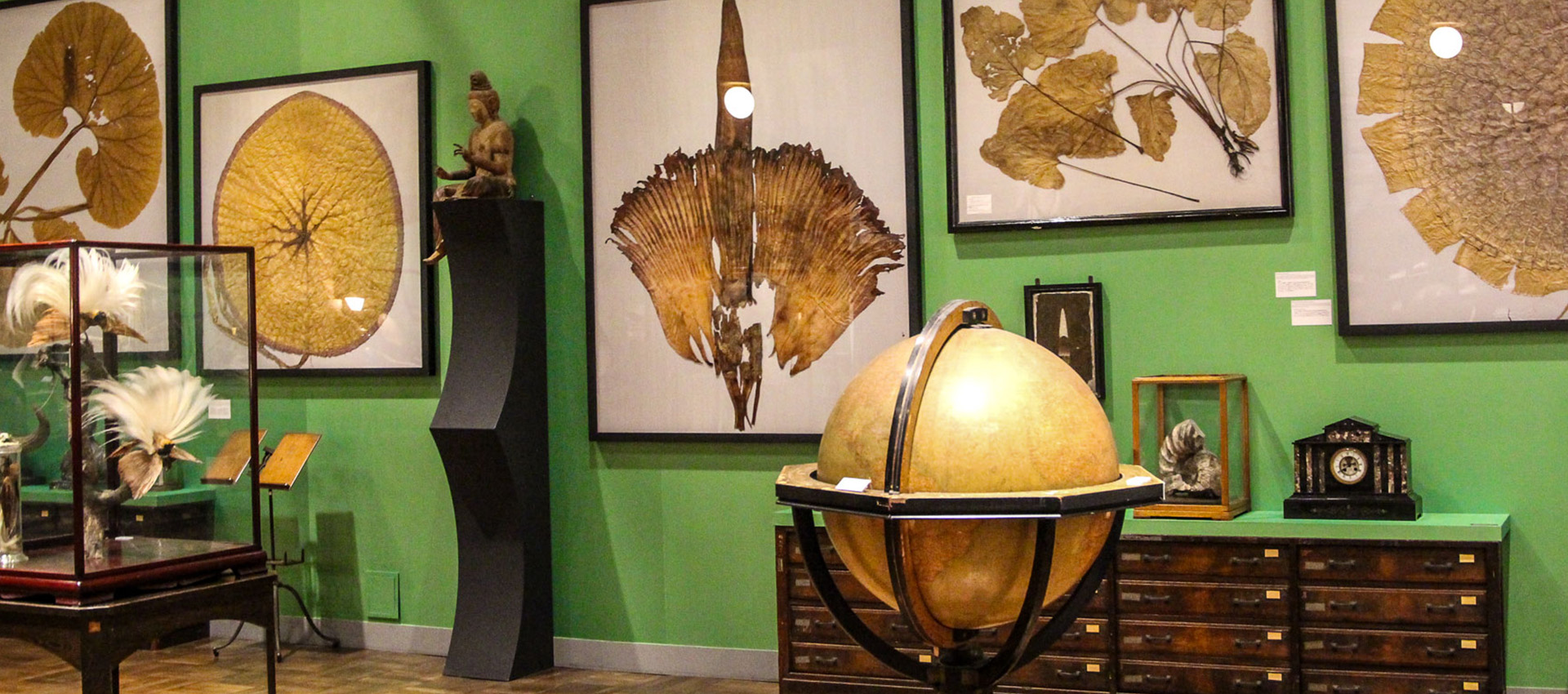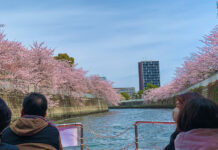If taxidermy, skeletons, minerals, and turn-of-the-century gadgets float your boat, Intermediatheque is for you. This free natural history museum beside Tokyo Station showcases thousands of artefacts from the University of Tokyo vaults, displayed alongside pre-war cabinets, furniture, and even flooring repurposed from the University. Beyond gawking at quirky curios, visitors can also gain perspective on the significance of the collection and the University’s role in history.
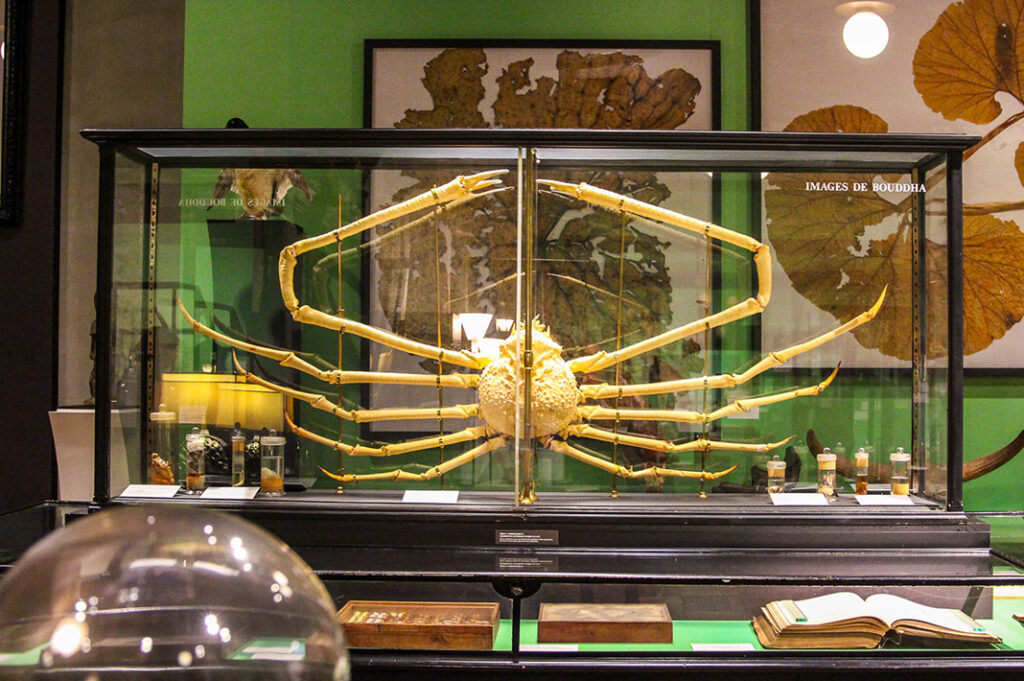
Modernisation and Education
Before we delve into the collection, it’s helpful to understand the University’s place in history.
The Meiji Period (1868–1912) was an interesting time for Japan. After roughly 200 years of near-total isolation from the rest of the world, its borders were finally open and the new Emperor sought to bring Japan up to speed. It was a time of rapid modernisation and Westernisation, seeing the adoption of Western architecture, clothing, politics, engineering, transport, education, and more.
In terms of higher education, the government looked abroad to see who was at the cutting edge of different disciplines, then chose who to model different curriculums on. Not only were Japanese graduates sent overseas but foreign lecturers and specialists were brought in to contribute to the development of various fields such as engineering, science, medicine, law, agriculture, and more.
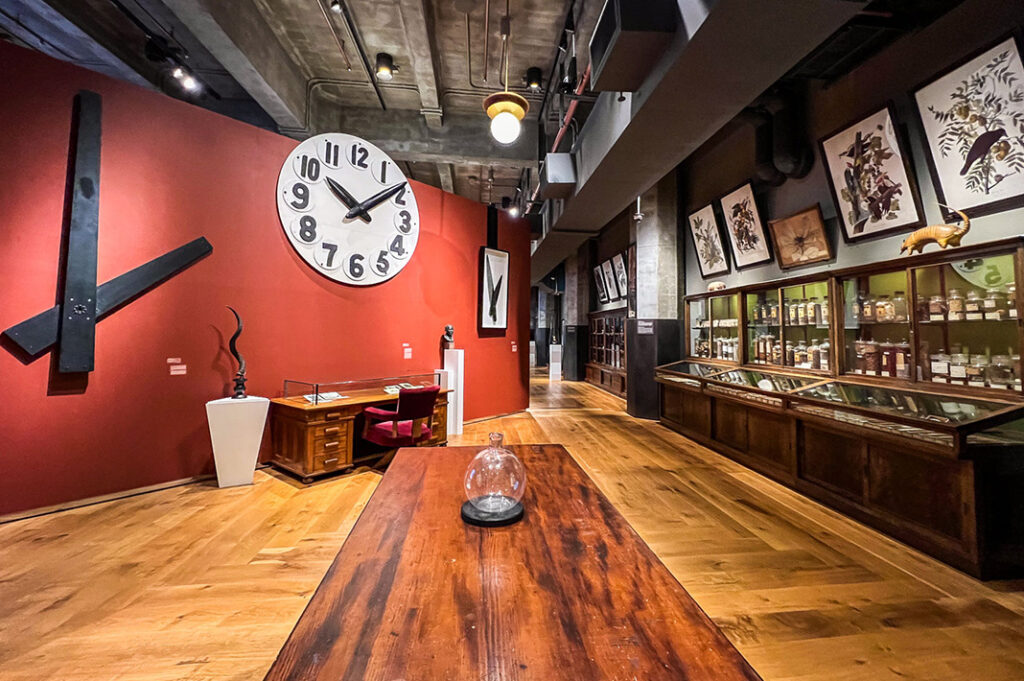
In 1877, the government merged a number of institutions to form The University of Tokyo, guided by the American and European scholars they employed to help pave the way. Intermediatheque displays a selection of the equipment and specimens collected by university staff over the years since.
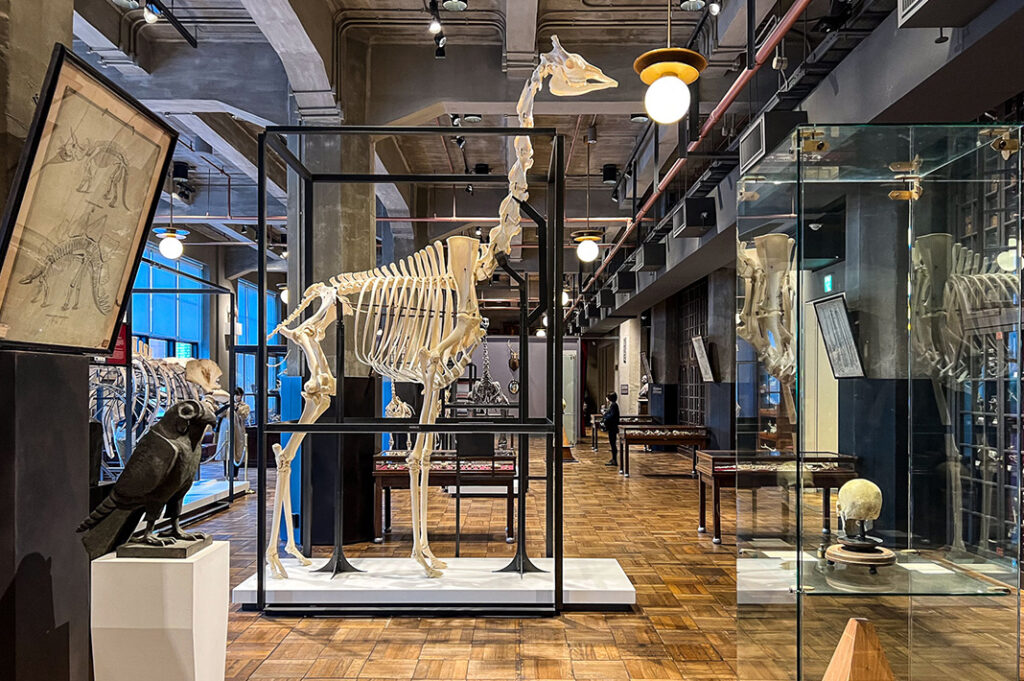
Intermediatheque’s curious collection
The museum spans two levels, the first of which is the natural history collection. Prepare to be overstimulated. Your eyes will immediately be drawn to a towering giraffe skeleton which neighbours a whale, horse, and about a hundred others.
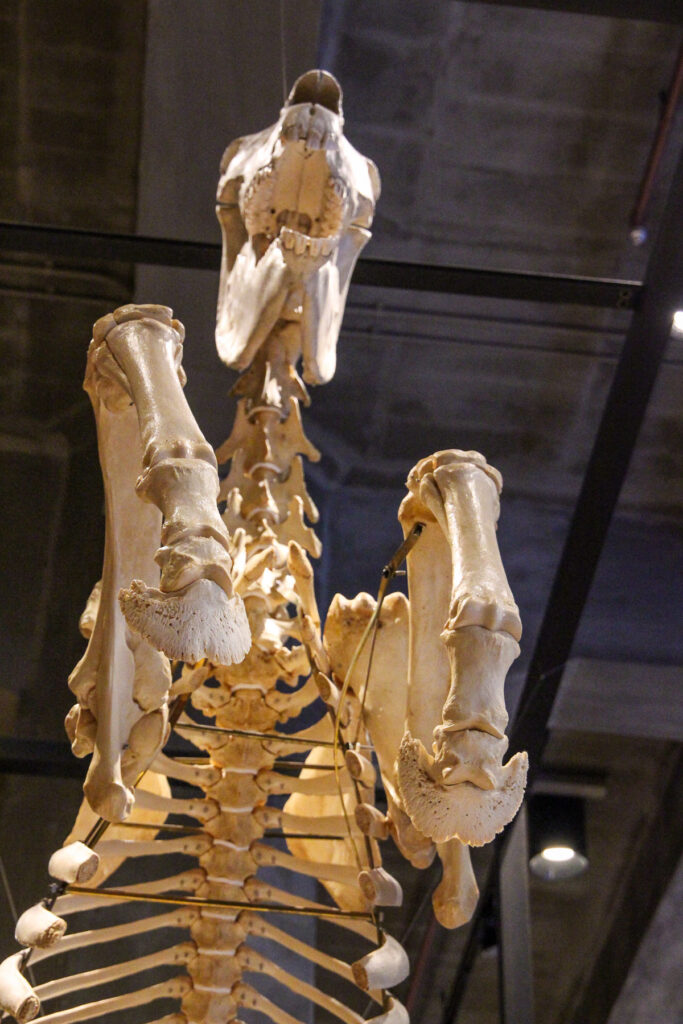
Ornate wooden cabinets and glass cloches are filled with skulls, shells, fossils, and minerals collected by various university scholars over the years.

While many of the items were donated by the bereaved family of former university staff, others come from more unlikely places. One area of Intermediatheque, called the Guimet room, features French-made cabinets from the city of Lyon, France.

These once housed the Oriental art collection of Émile Guimet (1836–1918) who earned his fortune from an ultramarine blue pigment and used it to explore his interest in Far East cultures.
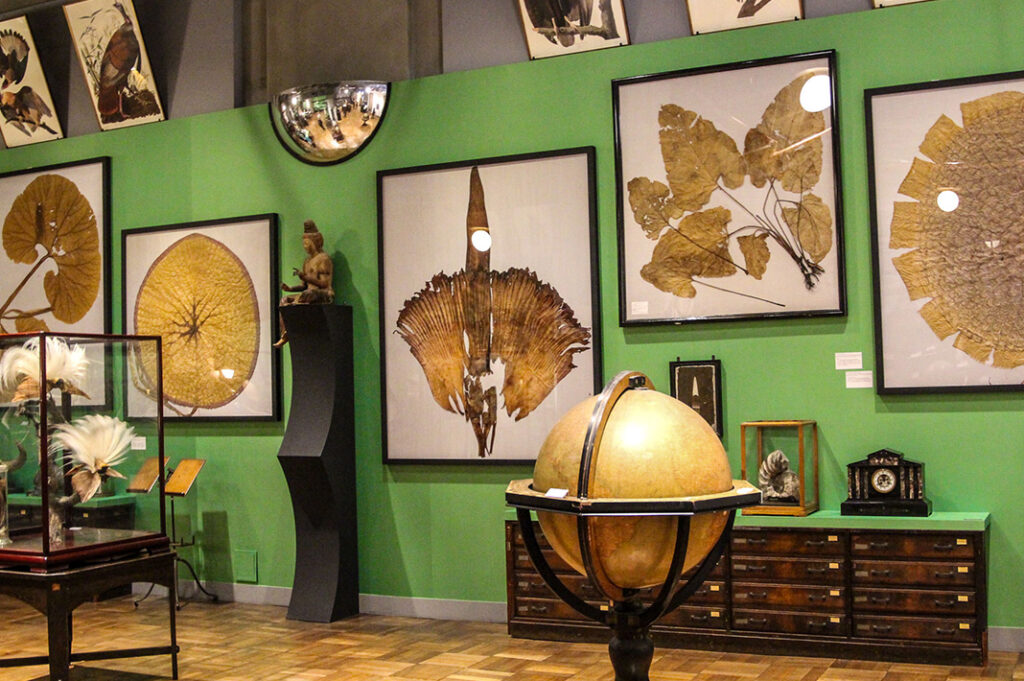
Cultural History
The museum’s second floor begins with an impressive taxidermied bird collection donated by The Yamashina Institute for Ornithology, many of which once belonged to Emperor Shōwa who ruled from 1926–1989.
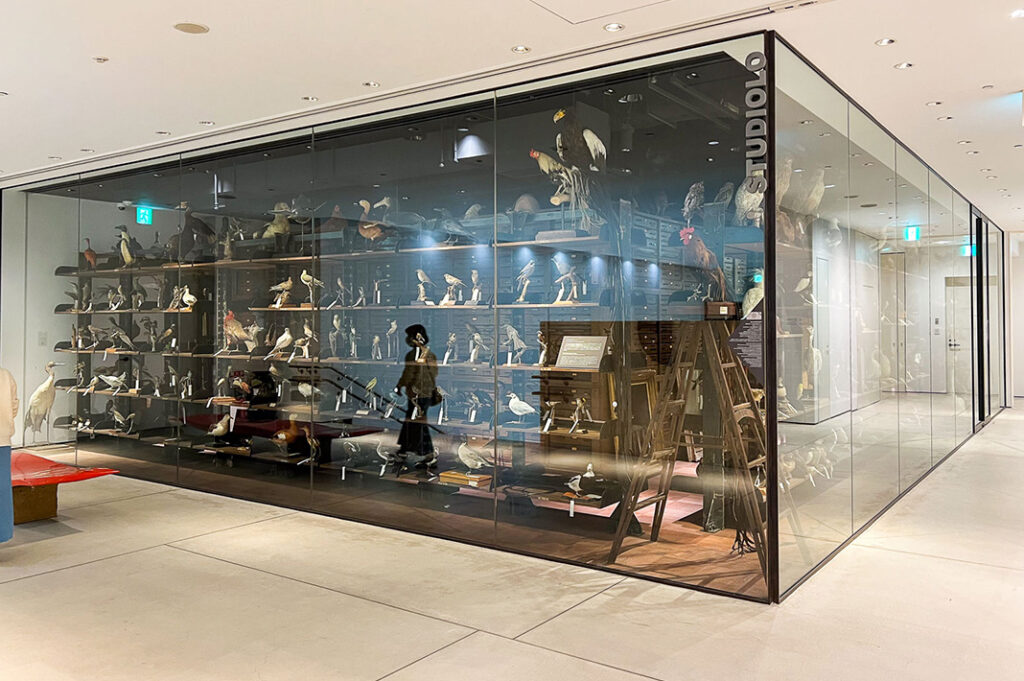
Next is a large space featuring artefacts of cultural significance such as medical instruments, photographs, Gramophones, typewriters, and engineering tools.
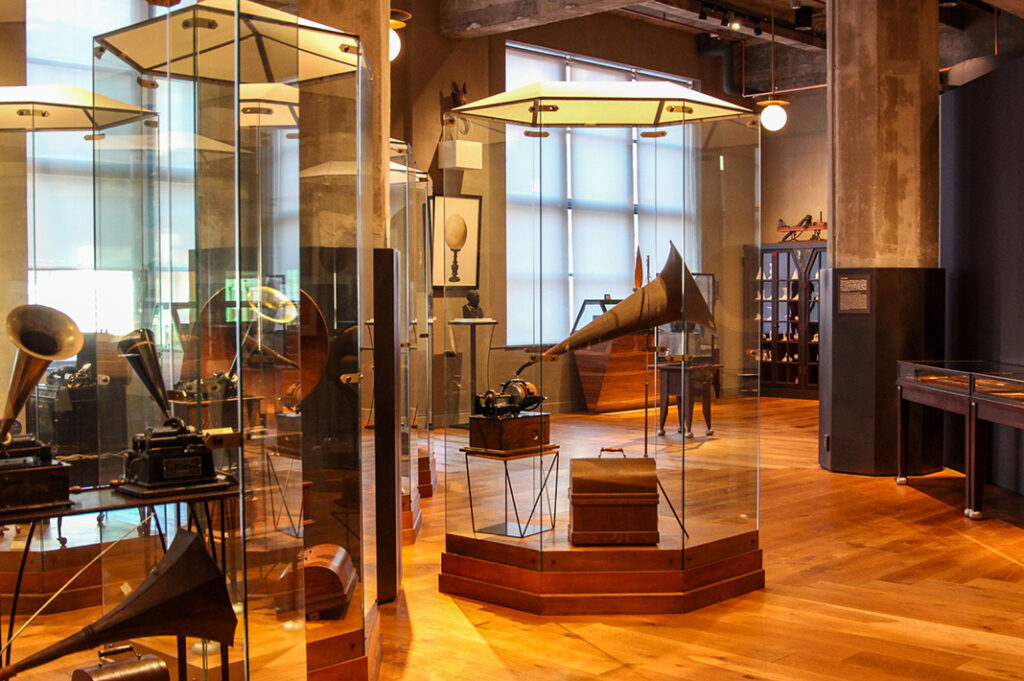
We were told by staff that Intermediatheque purposely rejects traffic flow design theory and prefers to let curiosity lead visitors in whichever direction catches their eye.
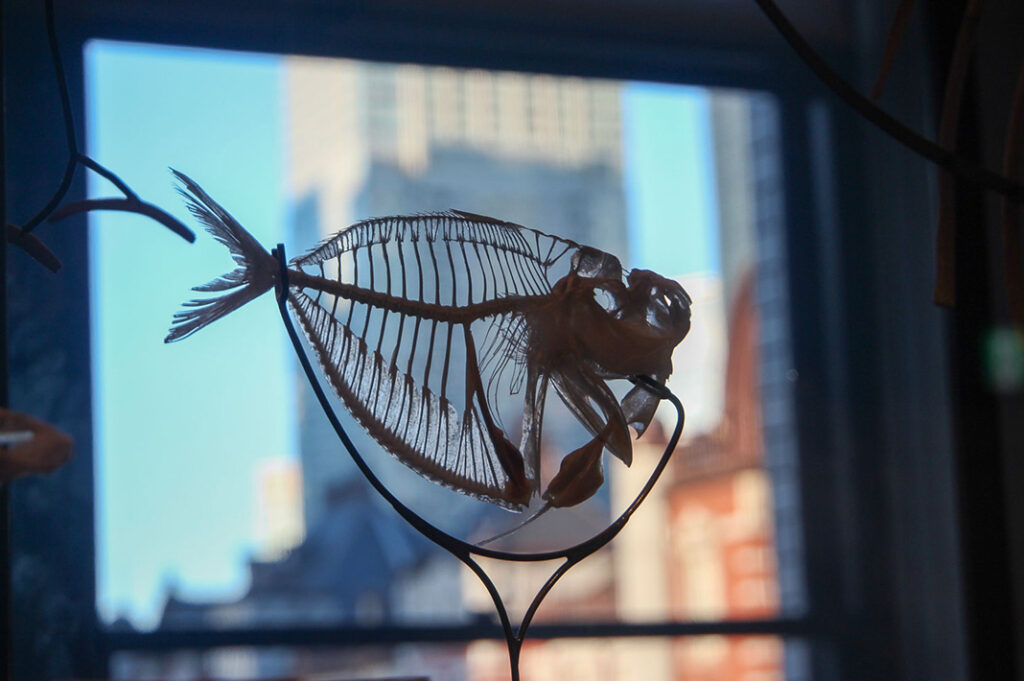
Aside from the many specimens, it is interesting to see original furniture from the University and even tread on its repurposed wooden flooring. For those wanting the full University experience, there is even a replica lecture hall set up with vintage seating and a projector.

If you’re the curious type, head to Intermediatheque where you can delight in all things historic.
How to get to Intermediatheque
Intermediatheque is located in the KITTE Building beside Tokyo Station. For JR Lines or the Marunouchi Subway line, head to the Marunouchi South Exit. You could also take the Chiyoda Line to Nijubashimae Station, head out exit 4 and walk two minutes on foot.
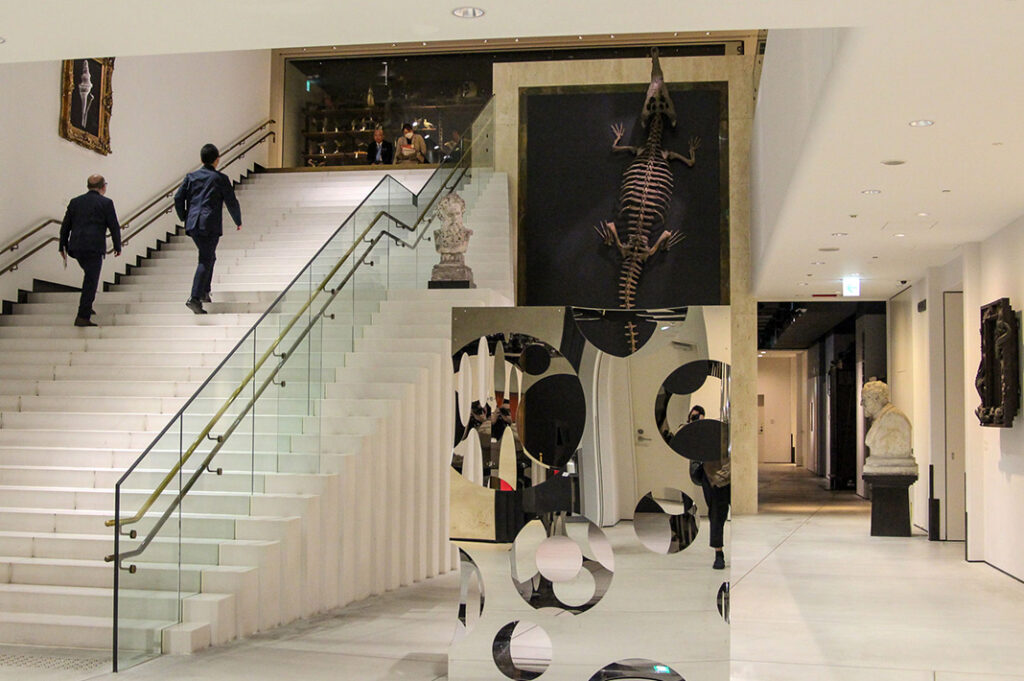
Name: Intermediatheque
Address: 〒100-7003 Tokyo, Chiyoda City, Marunouchi, 2 Chome−7−2 (KITTE Marunouchi Building Level 2) (link)
Open: 11:00am – 6:00pm Tuesday, Thursday, and Sunday. 11:00am – 8:00pm Fridays & Saturdays. Closed Mondays.
Admission: free
Website: here
Post by Japan Journeys.



